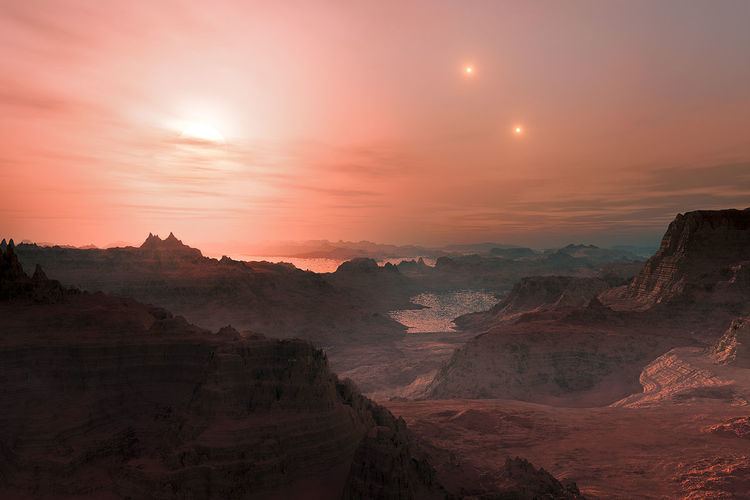[Fe/H] −0.31 ± 0.03 | Discovery date October 28, 2012 Discovery status Announced | |
 | ||
Discovery site | ||
HD 40307 e is an extrasolar planet orbiting the star HD 40307. It is located 42 light-years away in the direction of the southern constellation Pictor. The planet was discovered by the radial velocity method, using the European Southern Obervatory's HARPS apparatus by a team of astronomers led by Mikko Tuomi at the University of Hertfordshire and Guillem Anglada-Escude of the University of Goettingen, Germany.
Its minimum mass is 3.5 that of Earth - the smallest - and dynamical models suggest it cannot be much more (and so is measured close to edge-on). It further gets roughly the same insolation from its star as Mercury gets from the Sun. Planets like this in that system have been presumed "super-Earth".
However planets b, c, and d are presumed to have migrated in from outer orbits; and planet b is predicted a sub-Neptune. It is likely that this planet formed even further out. Whether it is a sub-Neptune, a super-Venus or even a super-Mercury is unknown.
